What is Fielding Positioning?
Fielding positioning is the positioning of the players on the field during a baseball game. The purpose of fielding positioning is to maximize the chances of making a play while minimizing the chances of giving up runs. Each fielder must be in the right spot to make the play as quickly and efficiently as possible. Fielding positioning is determined by the game situation, the type of hitter at the plate, the count, the type of pitch thrown, and the playing surface.
The most basic form of fielding positioning is the standard diamond formation. This is a four-player formation with the catcher in the center, the first baseman on the first base line, the second baseman in the middle, and the third baseman on the third base line. This formation can be adjusted based on the game situation. For example, if a left-handed batter is at the plate, the third baseman may move closer to third base to give the batter less time to hit the ball.
Benefits of Proper Fielding Positioning
Fielding positioning can have a huge impact on the outcome of a game. Proper positioning can help your team make plays, prevent runs, and create more opportunities for offensive success. When fielders are in the right spots, they are more likely to make the right play and prevent the opposition from scoring.
Fielding positioning can also help your team anticipate what the offense is going to do. Fielders can read the situation quickly and move to the right spot to make the play. This can help your team shut down the opposition and give your pitchers a better chance of getting outs.
Fielding positioning can also help your team prevent runs. When fielders are in the right spots, they can make difficult plays and keep the opposition from scoring. This can help your team win games and create more opportunities for offensive success.
Different Roles of Each Fielder
Each fielder has a different role to play in the game. The catcher is the leader of the defense, responsible for calling the pitches and helping the pitcher set up hitters. The first baseman is responsible for catching throws from the infielders and for covering first base. The second baseman is responsible for covering the middle of the infield and for turning double plays. The third baseman is responsible for covering the third base line and for making long throws across the diamond. The shortstop is responsible for covering the left side of the infield and for making quick throws to first base. The outfielders are responsible for covering the large area of the outfield and for tracking fly balls.
Reading the Situation Quickly
In order to make the right play, fielders must be able to read the situation quickly and move to the right spot to make the play. Fielders must be able to anticipate the situation and make the right play. This requires quick reflexes, good communication, and the ability to think on your feet.
Fielders must also be able to adjust their positioning based on the game situation. This can mean moving to the right spot to make the play or shifting to the side to cut off a base hit. Fielders must be able to anticipate the situation and make the right play.
Tips for Proper Positioning
In order to maximize the chances of making a play, fielders must be in the right spot at the right time. Here are some tips for proper positioning:
- Pay attention to the game situation and know where to position yourself.
- Anticipate where the ball will be hit and move to the right spot.
- Communicate with the other fielders and make sure everyone is on the same page.
- Be aware of your surroundings and be ready to make a play.
- Be aggressive and move to the ball quickly.
- Be ready to make an adjustment if the situation changes.
Strategies to Use for Different Batters
Fielders must also be aware of the type of hitter at the plate and adjust their positioning accordingly. For example, a left-handed batter may require the third baseman to move closer to the third base line to give the batter less time to hit the ball. Similarly, a right-handed batter may require the third baseman to move to the left side of the infield to give the batter more time to hit the ball. Fielders must adjust their positioning depending on the type of hitter at the plate.
Preparing for Different Types of Pitches
Fielders must also be prepared for different types of pitches. Fastballs, curveballs, sliders, and other types of pitches require different types of positioning. Fielders must be aware of the type of pitch being thrown and adjust their positioning accordingly. For example, a fastball requires the fielder to move towards the ball quickly, while a curveball requires the fielder to move away from the ball.
How to Adjust Positioning for Different Playing Surfaces
Fielders must also be aware of the playing surface and adjust their positioning accordingly. For example, a grass playing surface requires fielders to move quickly to the ball, while a dirt surface requires fielders to move more cautiously. Fielders must be aware of the playing surface and adjust their positioning accordingly.
Strategies for Preventing Runs
Fielding positioning can also be used to prevent runs. Fielders must be aware of the game situation and move to the right spot to make the play. For example, if the bases are loaded, the fielder may move to the left side of the infield to cut off a base hit. Fielders must be aware of the game situation and move to the right spot to make the play.
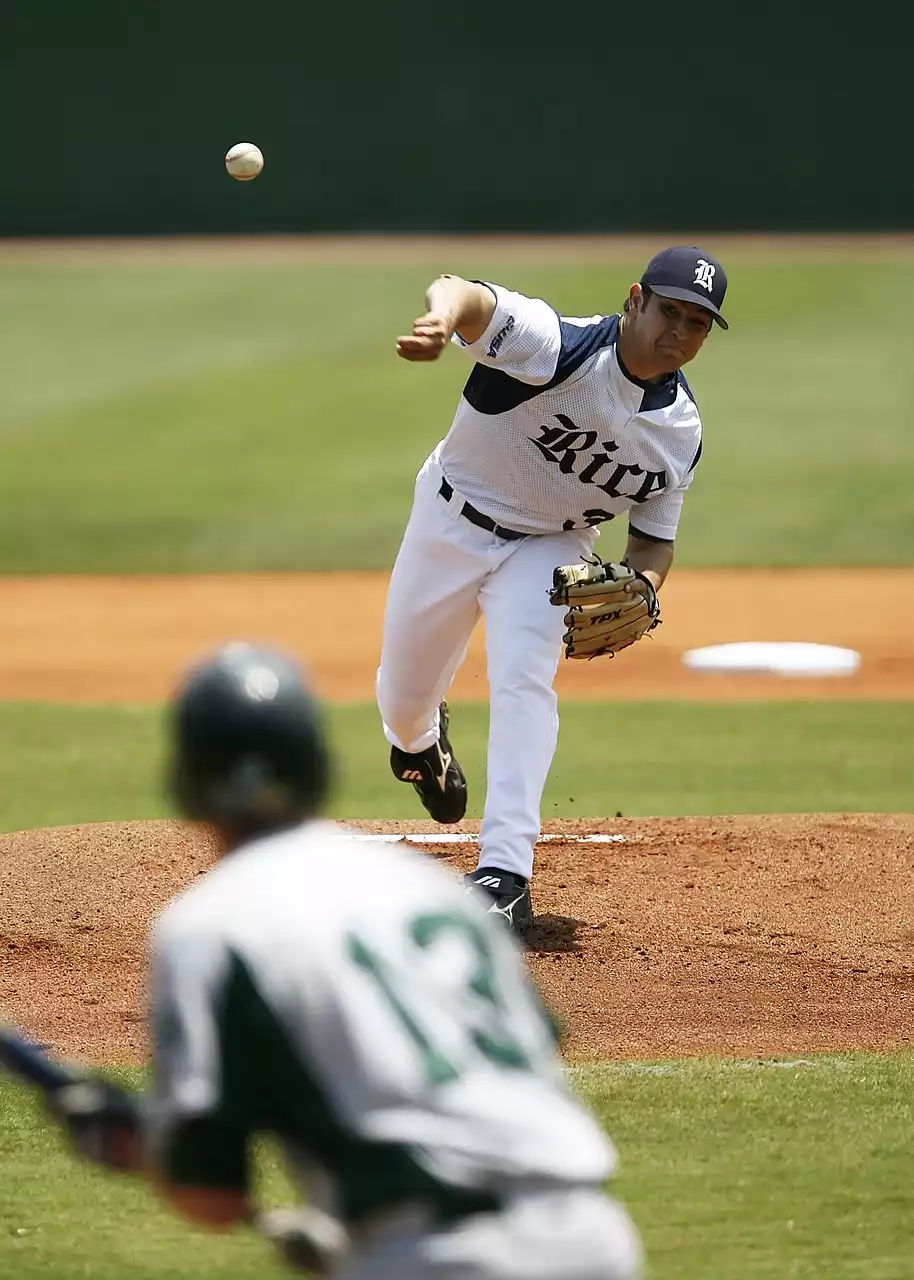
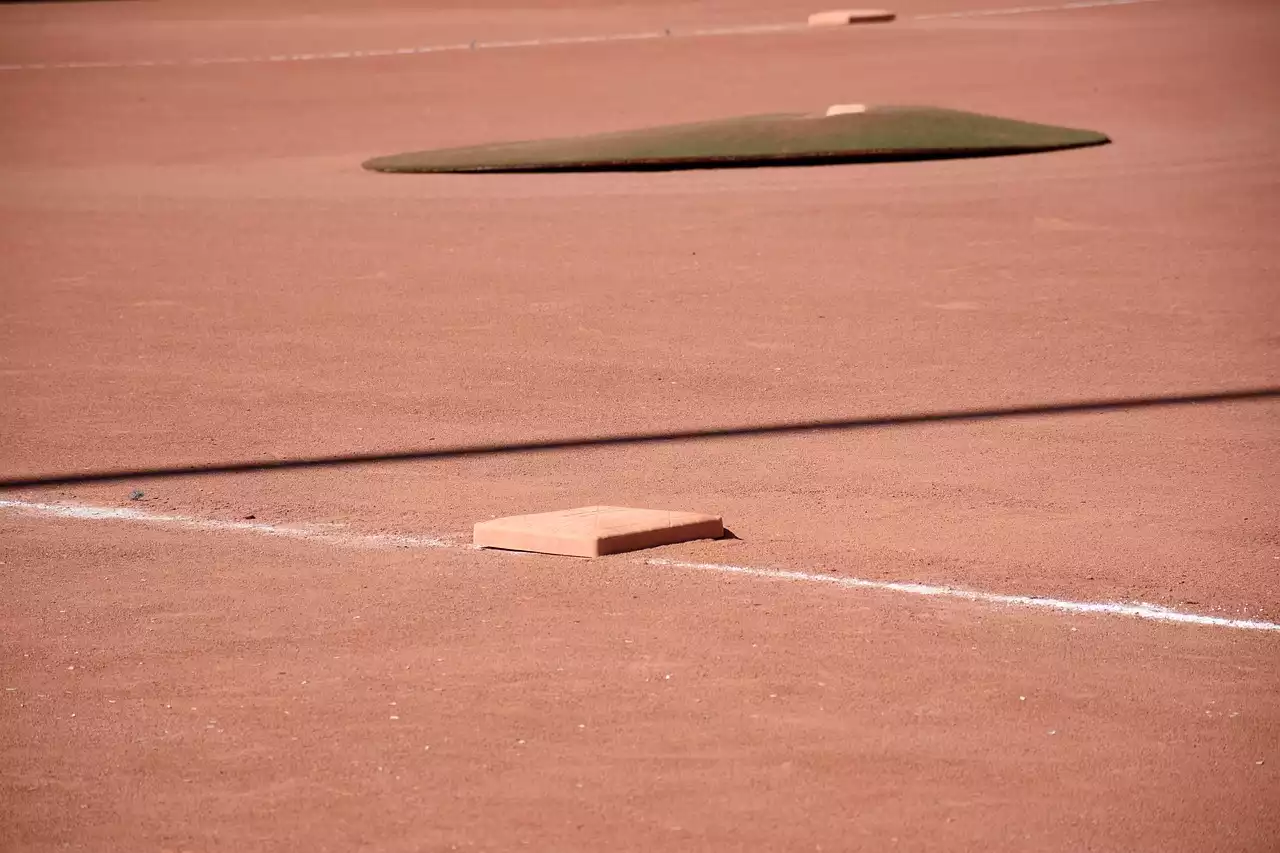
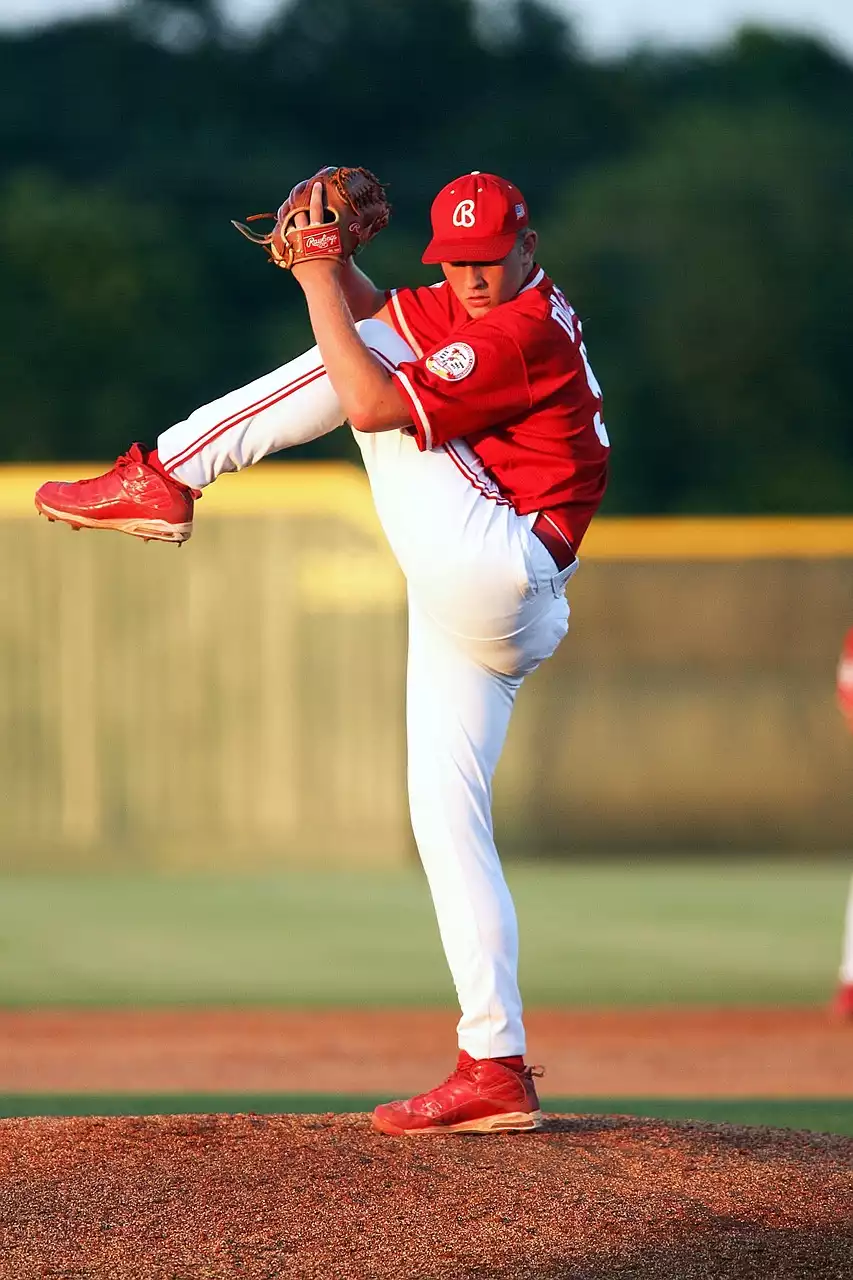
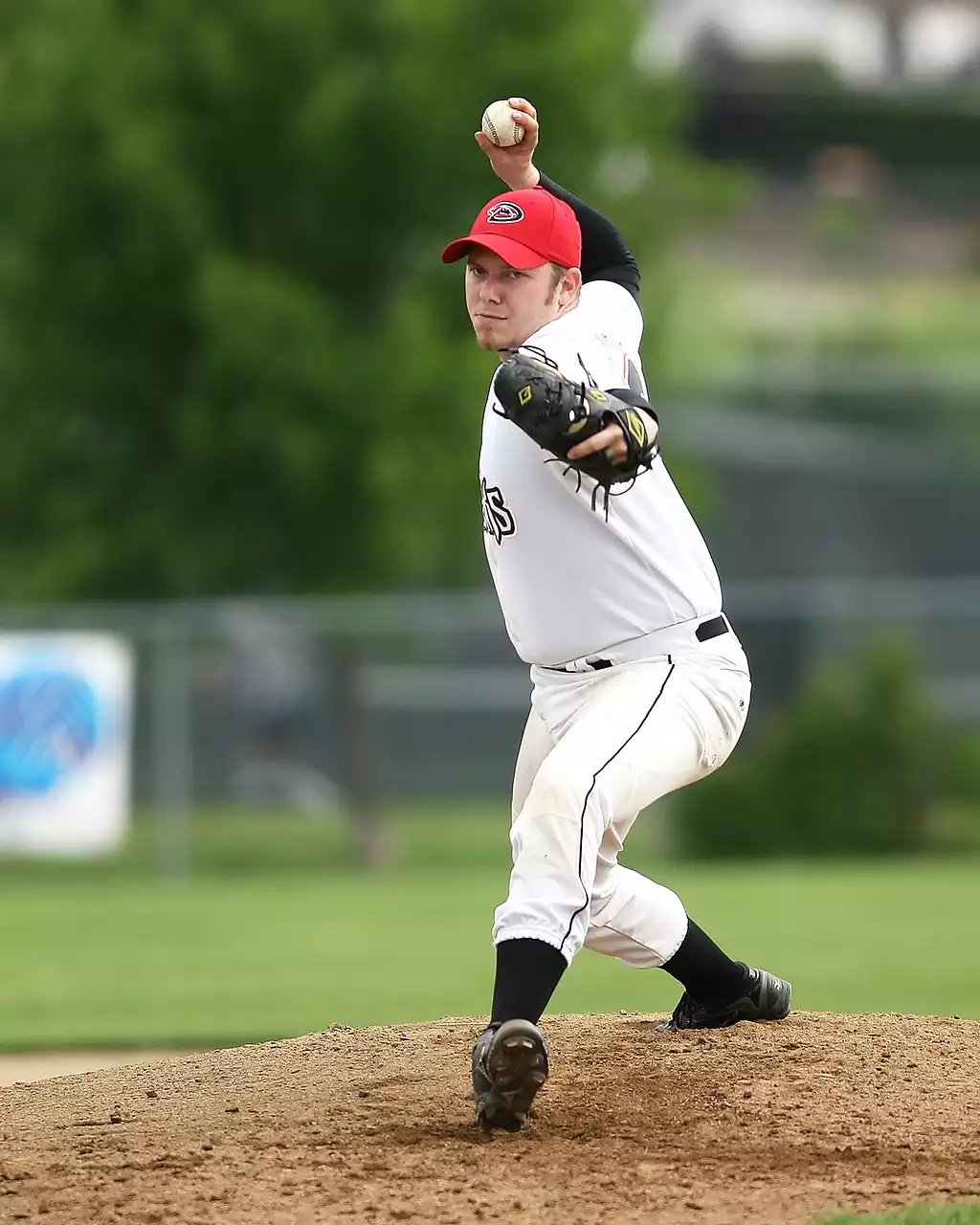
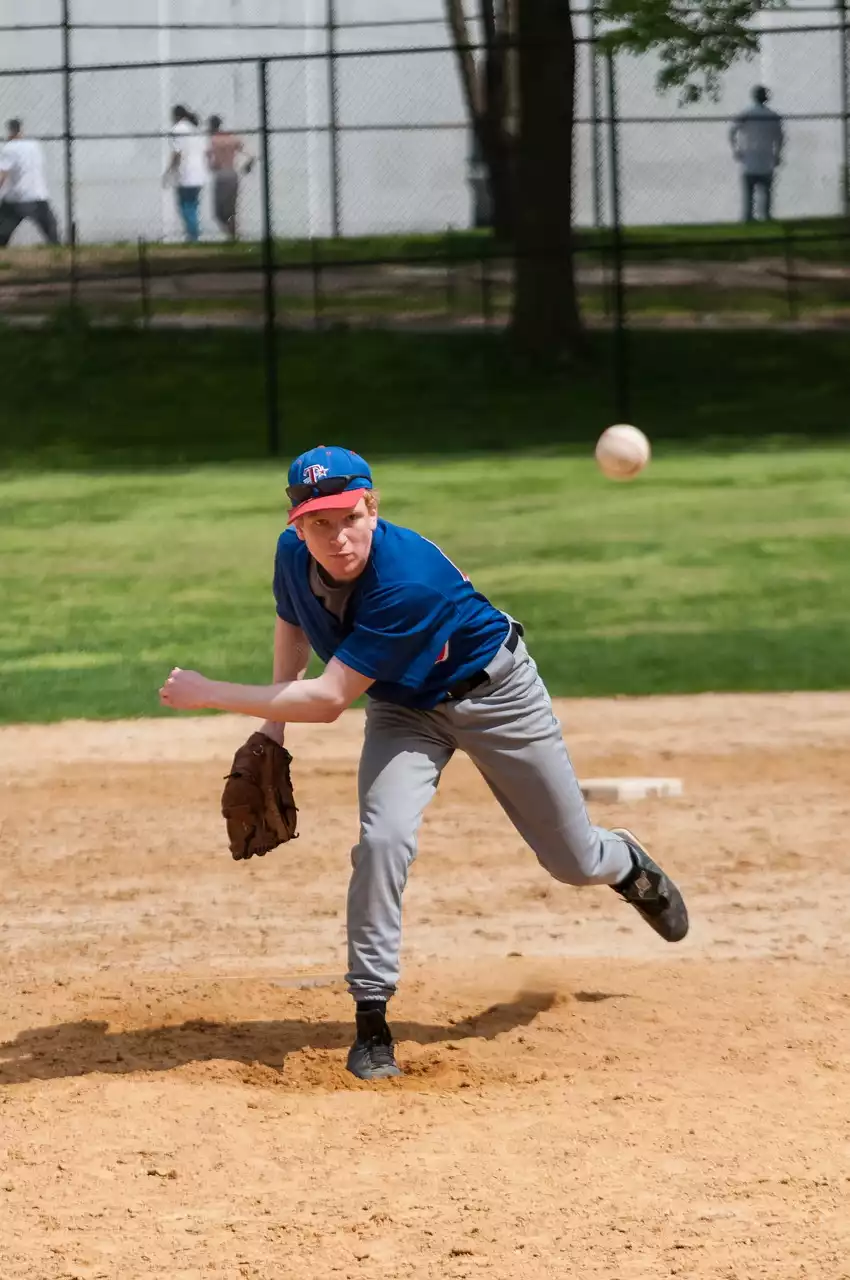





.png?size=50)